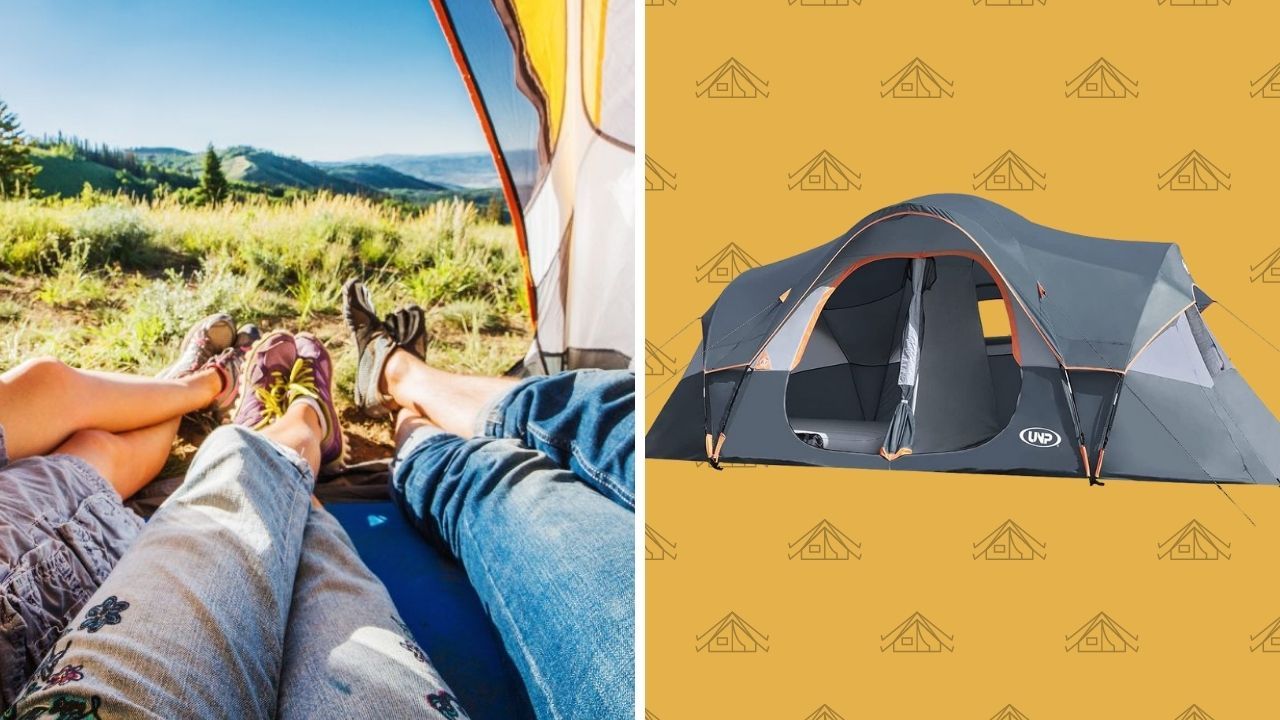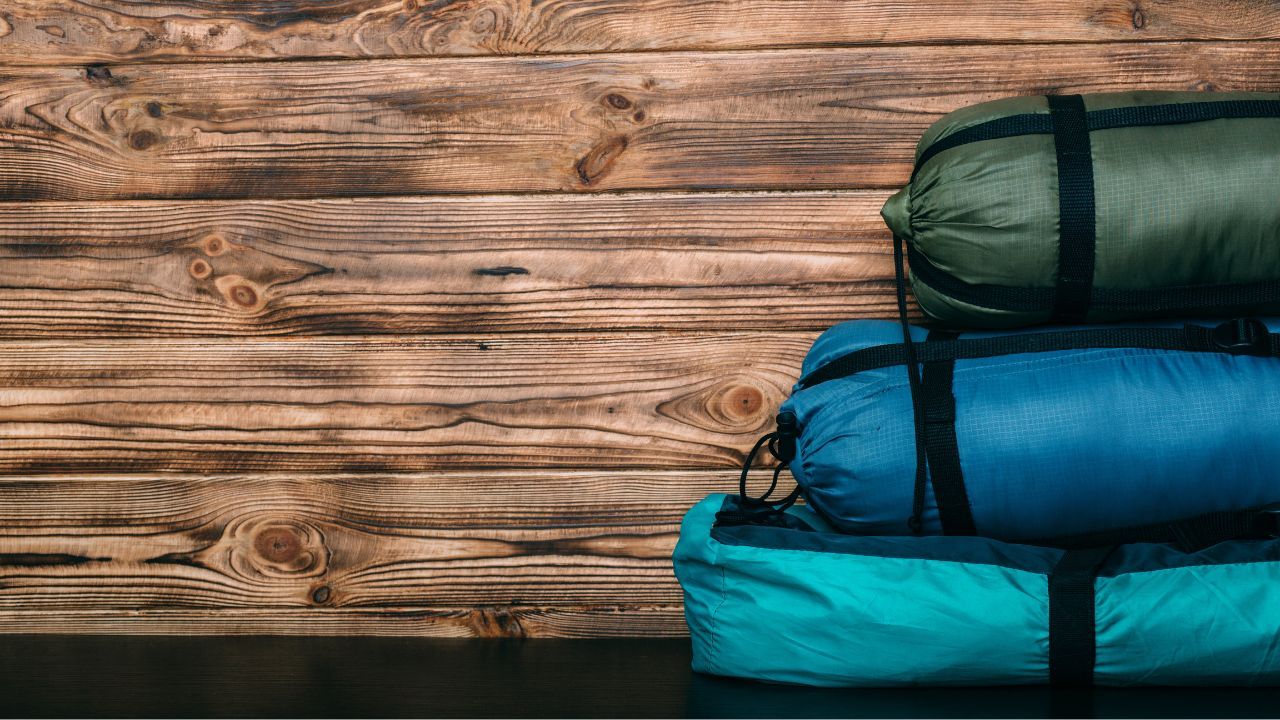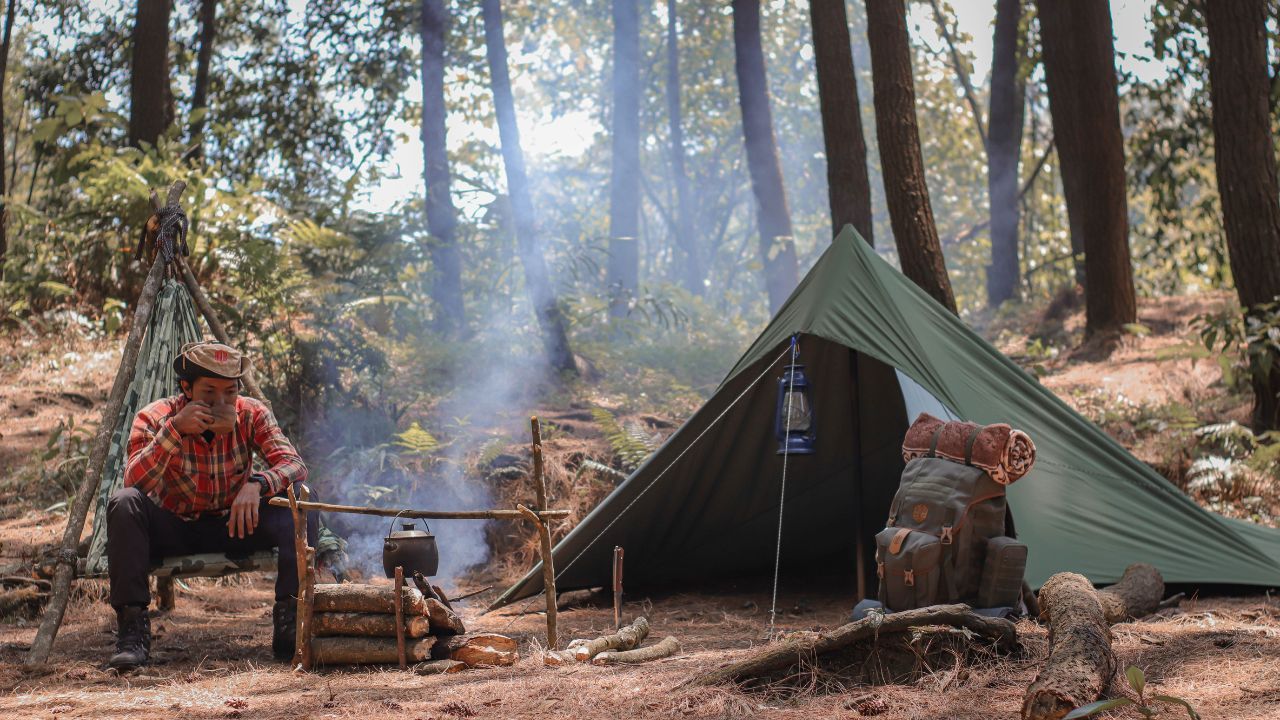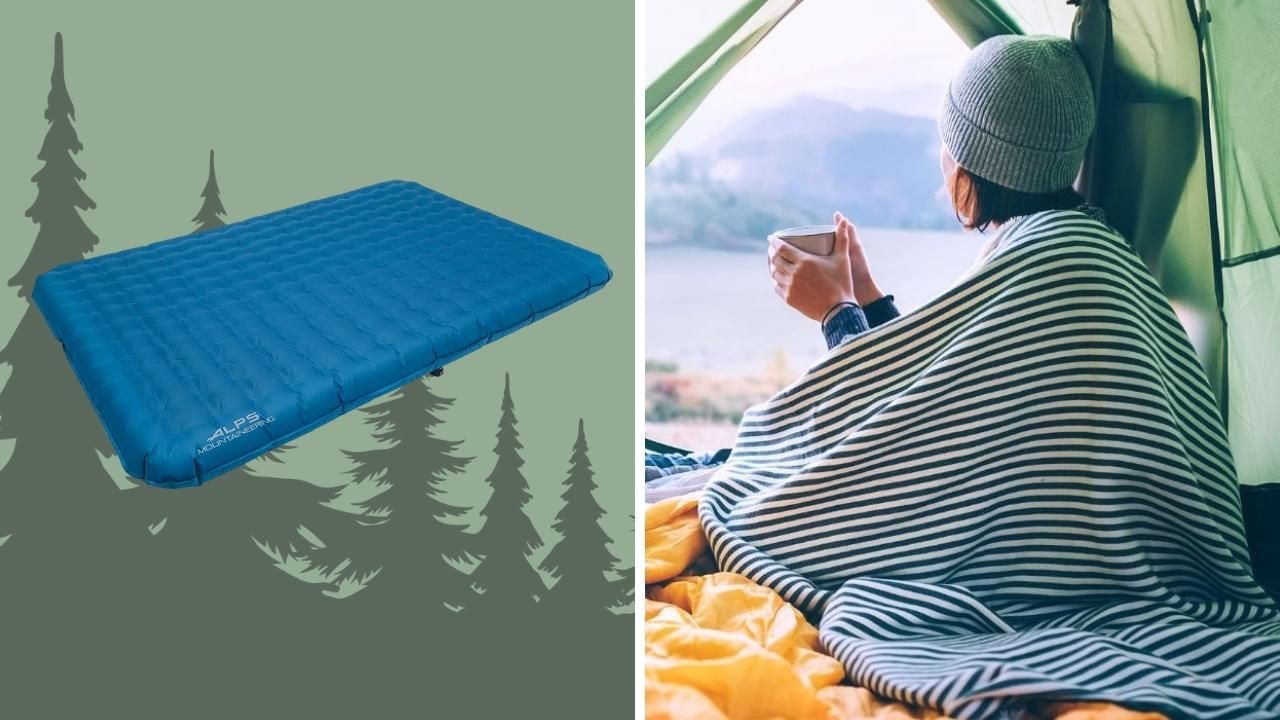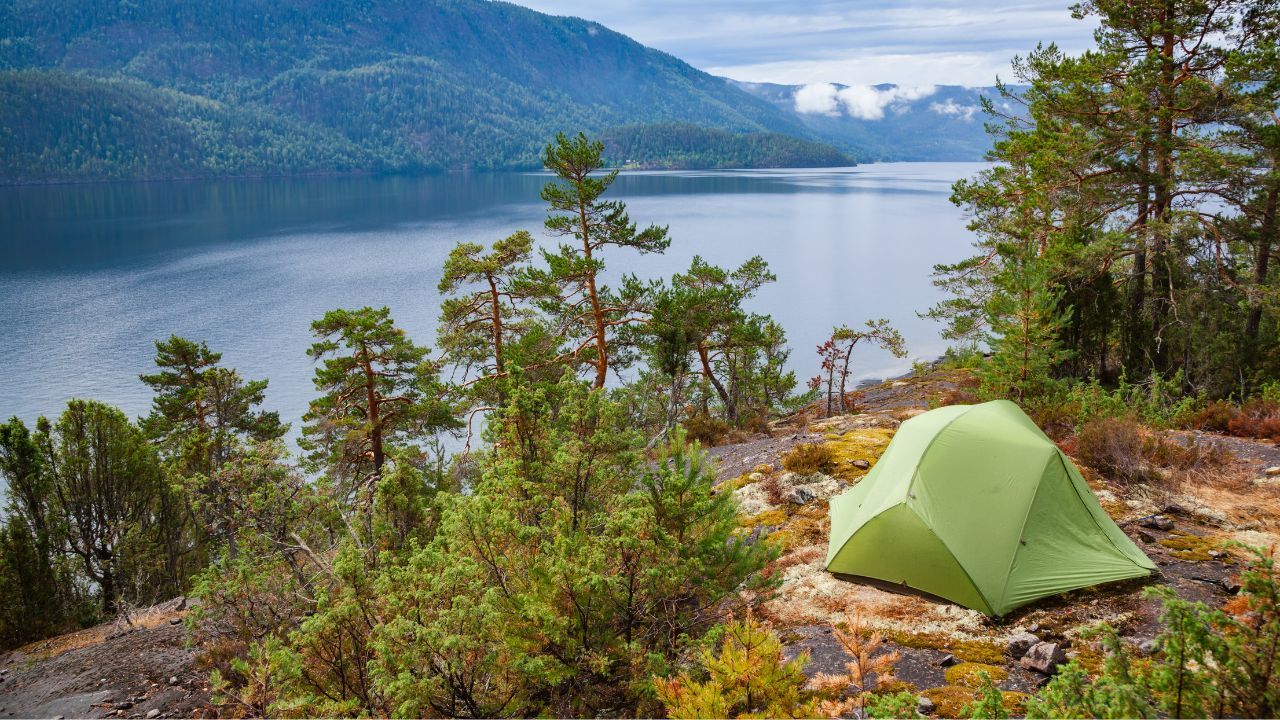
What Size Tent Do I Need Camping | Find Your Perfect Fit
Find answers to 'What Size Tent Do I Need Camping' in our comprehensive guide. Get ready to maximize your camping experience!
So, you're planning your next camping adventure, and you've hit a roadblock - "What size tent do I need for camping?"
It's a common query, yet it's one that doesn't have a one-size-fits-all answer.
Selecting the right size tent is crucial for a safe, comfortable, and memorable outdoor experience.
Why does the tent size matter so much?
Well, imagine squeezing into a tent that's too small. You'd be stuck in a cramped space, tripping over your gear, and getting a poor night's sleep.
On the other hand, a tent that's too large can be unnecessarily heavy to carry and challenging to set up, especially if you're hiking to your campsite.
So, finding that sweet spot is key to your camping success.
The Science Behind Tent Sizing
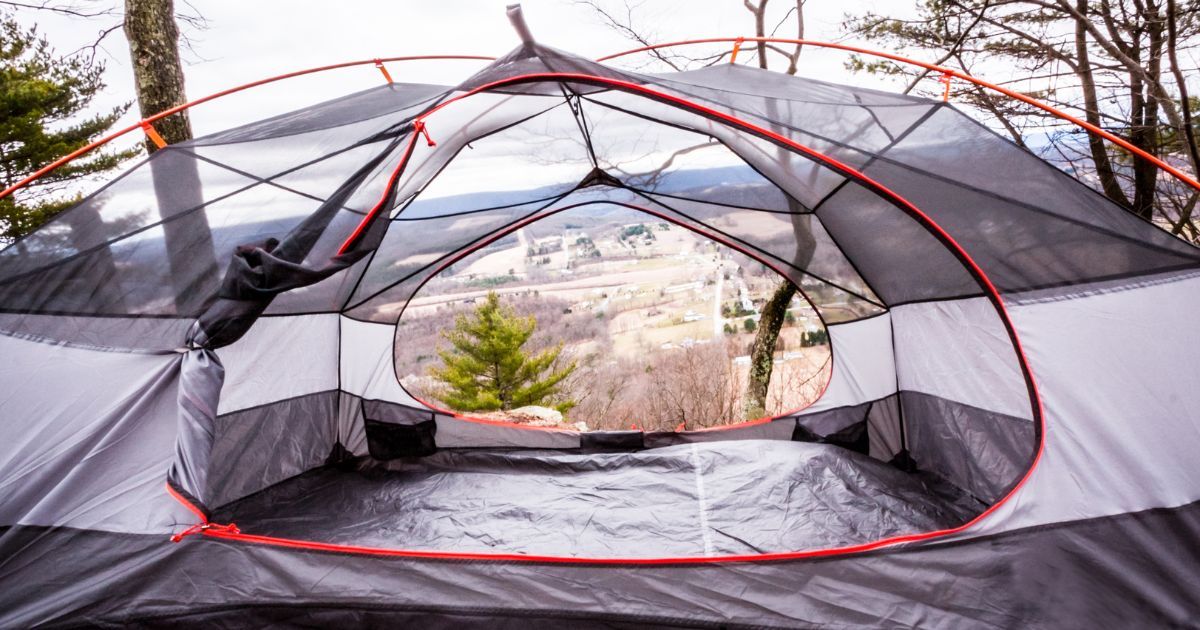
Now, let's dive into the nitty-gritty of tent sizing.
Understanding how tent sizes are determined and what they mean for you, the camper, will help you make an informed decision.
Explanation of How Tent Sizes Are Determined
Tent sizes are generally categorized by the number of people they can accommodate.
However, this can be misleading.
It's important to remember that these numbers are based on an average-sized person lying down with no extra gear or personal space.
So, a two-person tent means just that – room for two people to sleep side by side with minimal space for anything else.
The Standard Rule of Thumb for Tent Sizing
A good rule of thumb when choosing a tent size is to allow approximately 20 square feet of floor space per person. Which is the size of a twin mattress for reference.
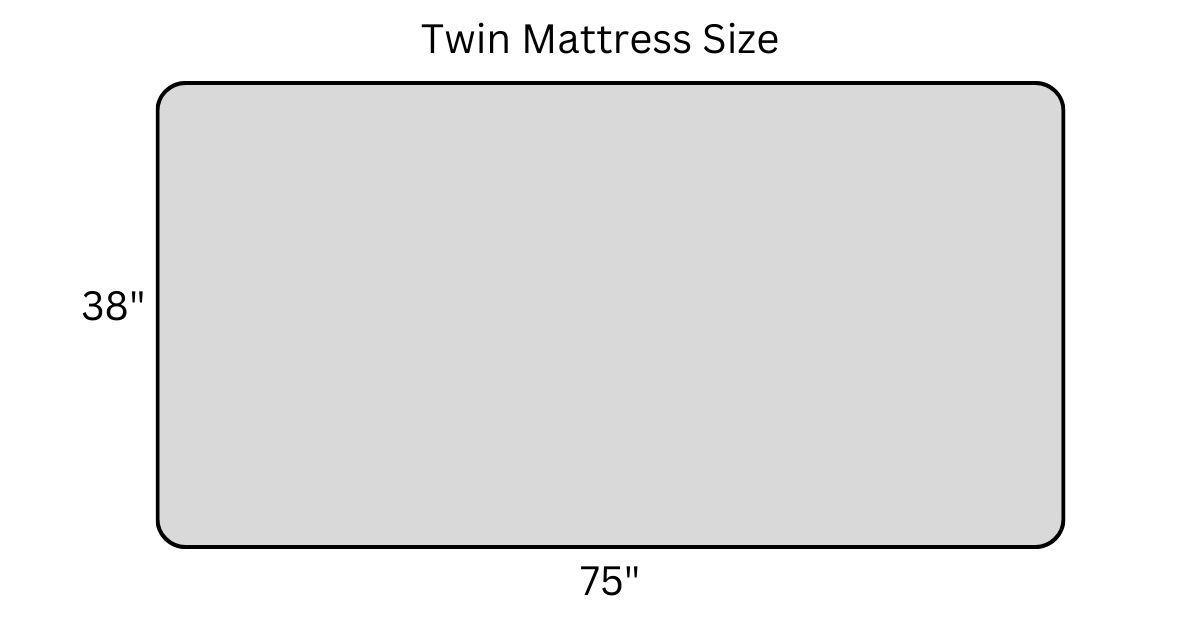
You'll need to consider additional factors like your gear, pets, or if you prefer more elbow room.
For example, if you're going on a backpacking trip with a friend and minimal gear, a two-person tent might suffice.
- Most backpacking tents typically feature a vestibule that offers a convenient space to safeguard your hiking boots and backpack from rain, all while ensuring they don't encroach upon your sleeping area.
But if you're a family of four with a dog and plenty of camping gear, you might want to consider a six or eight-person tent to ensure everyone (and everything) fits comfortably.
Remember, the right tent size can make or break your camping experience.
By understanding the basics of tent sizing, you're well on your way to selecting a tent that will serve you well on your upcoming adventures.
Factors to Consider When Choosing a Tent Size
When it comes to selecting the right tent size, several factors can influence your decision.
Let's explore them one by one.
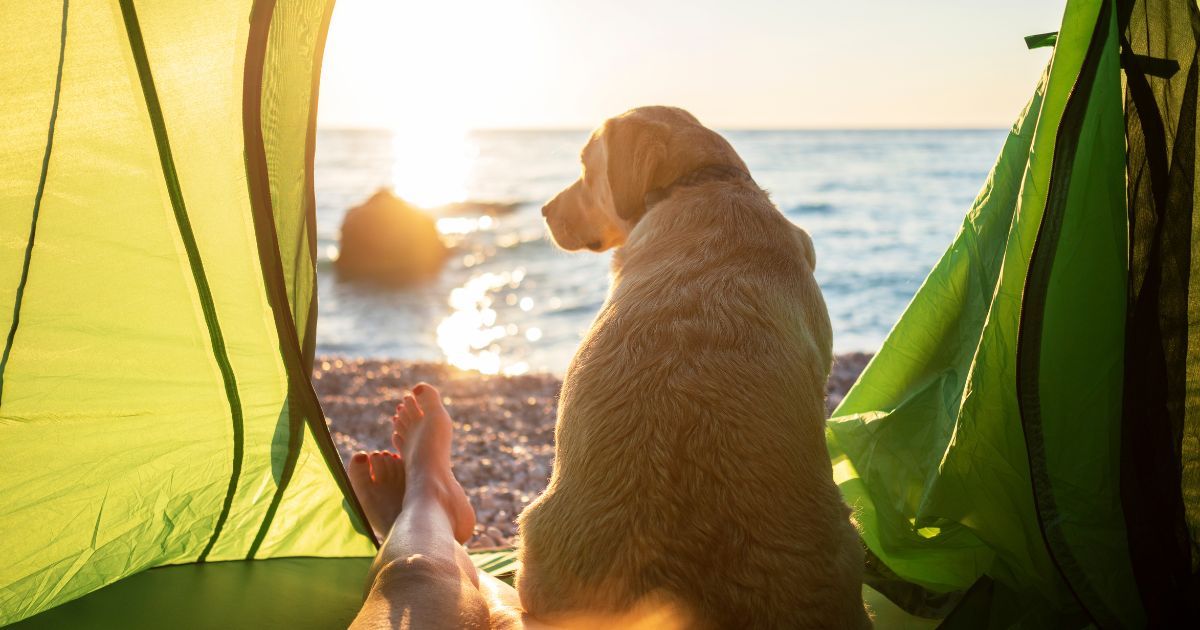
Number of Campers and Space Requirement Per Person
As we've mentioned, tent sizes are typically categorized by the number of people they can accommodate. However, this doesn't account for personal space or comfort.
You'll want to consider the size and sleeping habits of each camper.
For example, if one of your camping buddies is a sprawling sleeper, you might want to size up.
The Need for Extra Space for Gear, Pets, or Additional Friends
If you're bringing along gear, pets, or expecting more friends to join, you'll need to factor in additional space.
As a general rule, add an extra person’s worth of space for every pet or large piece of equipment.
The Type of Camping Trip – Backpacking vs Family Camping
The kind of camping trip you're embarking on can significantly affect your tent size choice.
Backpackers should prioritize weight and packability, meaning a smaller, more compact tent would be ideal.
Family campers, on the other hand, might prefer a larger, roomier tent for comfort and convenience.
So, if you're backpacking, choosing a lightweight backpacking tent can make your journey much easier!
Understanding Tent Sizes: Breaking Down the Numbers
So, what do those numbers really mean?
Here's a detailed breakdown of common tent sizes and their capacity.
Camping Tent Sizes and Their Capacity
- 2-person tents: Ideal for solo travelers, backpackers, or couples who pack light and prioritize portability.
- 4-person tents: Perfect for small families or groups of friends, especially if you have some gear or a pet.
- 6-person tents and up: Suitable for larger families or smaller groups that value extra space and comfort.
Remember, these are just guidelines. Depending on your specific needs and circumstances, you might choose to size up or down.
Comparison Between Standard and Canvas Tents for Each Size Category
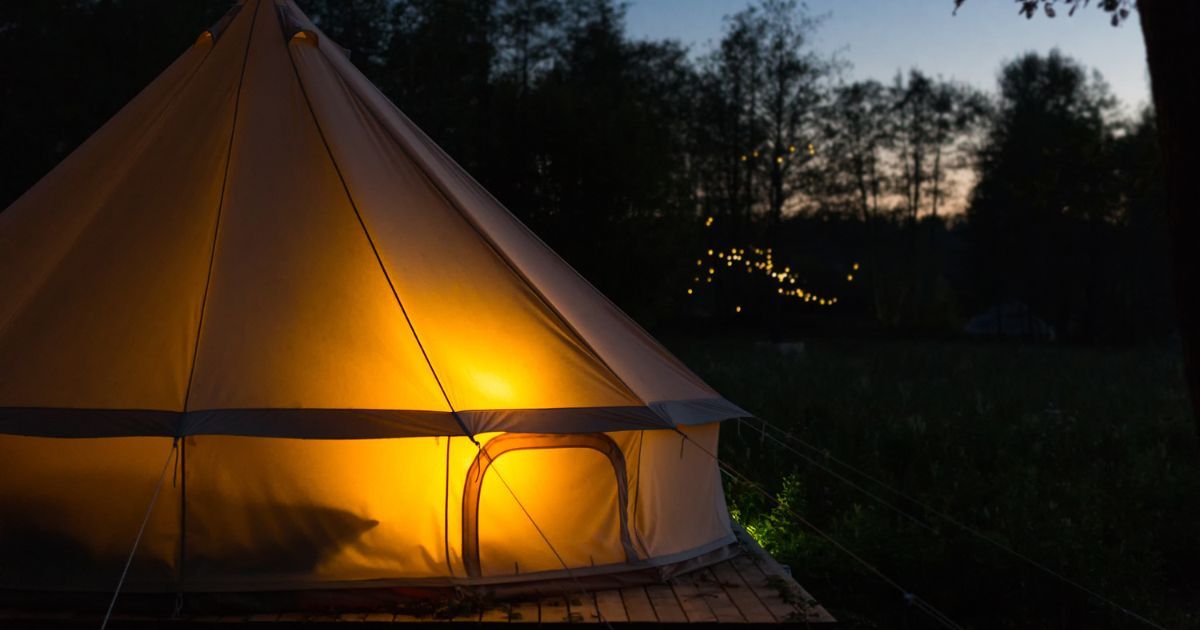
Comparatively, canvas tents are generally more spacious and durable than standard camping tents, but they're also heavier.
This makes them less suitable for backpacking but great for family camping trips where you can drive to the campsite.
Choosing the right tent size involves balancing the number of campers, space requirements, type of trip, and tent material.
With these considerations in mind, you're well-equipped to make an informed decision for your next camping adventure!
Tent Sizes and Camping Site Dimensions
Another crucial factor to consider when choosing a tent size is the dimensions of your camping site.
Not all campsites are created equal, and the amount of space you have can significantly impact your tent choice.

Typical Dimensions of a Camping Site
The average camping site measures around 1,000 square feet.
However, this includes space for your vehicle, outdoor activities, and more. So, the area you have for your tent is usually much smaller.
National parks in the U.S., for example, often have specified pad sizes that range from 15 to 30 feet in both width and length.
Utilizing the Available Space at a Camping Site
To make the most of your camping site, consider the shape and layout of your tent.
- Dome-style tents, for instance, have a smaller footprint and can fit into tighter spaces.
- Cabin-style tents require more height and ground area but offer more headroom.
Special Considerations for Large Groups
Camping with a large group?
You have two main options: a larger tent or multiple smaller ones. Both have their pros and cons, and the best choice depends on your group's preferences.
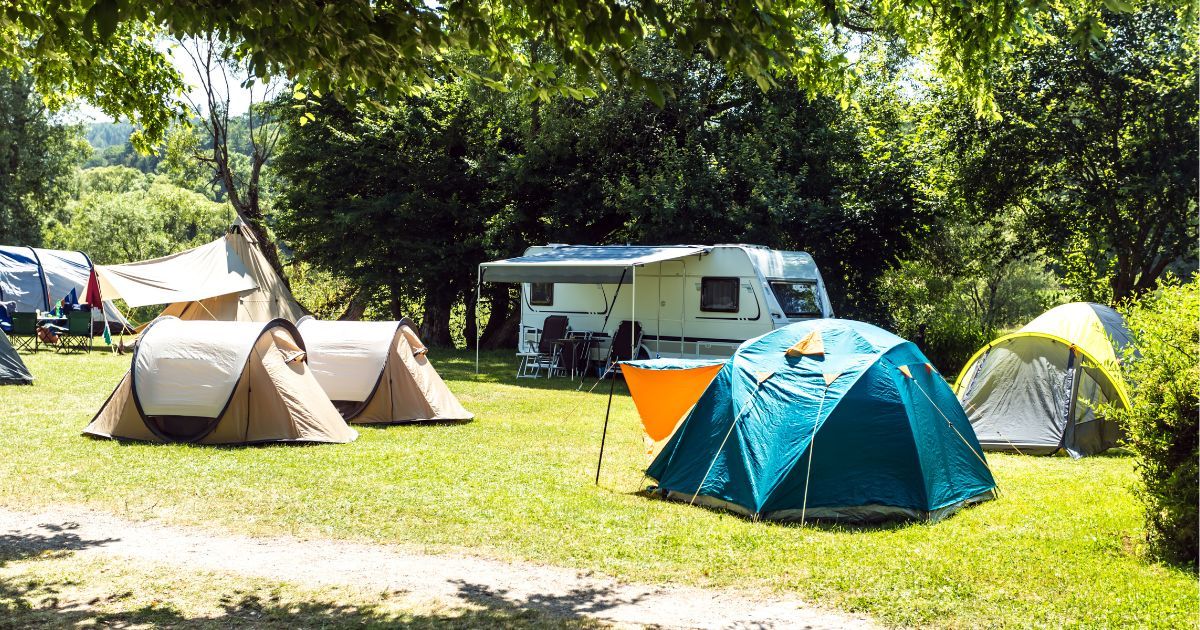
Larger Tents vs Multiple Smaller Tents
A larger tent can foster a sense of community and make organizing easier.
It's also typically more cost-effective and requires less time to set up than multiple smaller tents. However, it offers less privacy and can be harder to transport due to its size and weight.
On the other hand, multiple smaller tents allow for more privacy and flexibility – if someone wants to sleep early or stay up late, they won't disturb the others.
Plus, if one tent gets damaged, you have backups.
Recommendations for Specific Group Sizes
For groups of six or fewer, a single large tent should suffice.
If privacy isn't a concern, you can even go up to eight people in one tent. That's not the direction I would prefer to take.
For larger groups, consider a combination of large and small tents.
For instance, a ten-person group could opt for one six-person cabin tent and two two-person dome tents. This setup offers a balance between communal living and personal space.
Remember, the goal is to ensure everyone is comfortable and happy.
So, involve your group in the decision-making process to find a solution that works best for everyone. With these considerations in mind, you're one step closer to a successful and enjoyable camping trip!
Maximizing Comfort in Your Tent
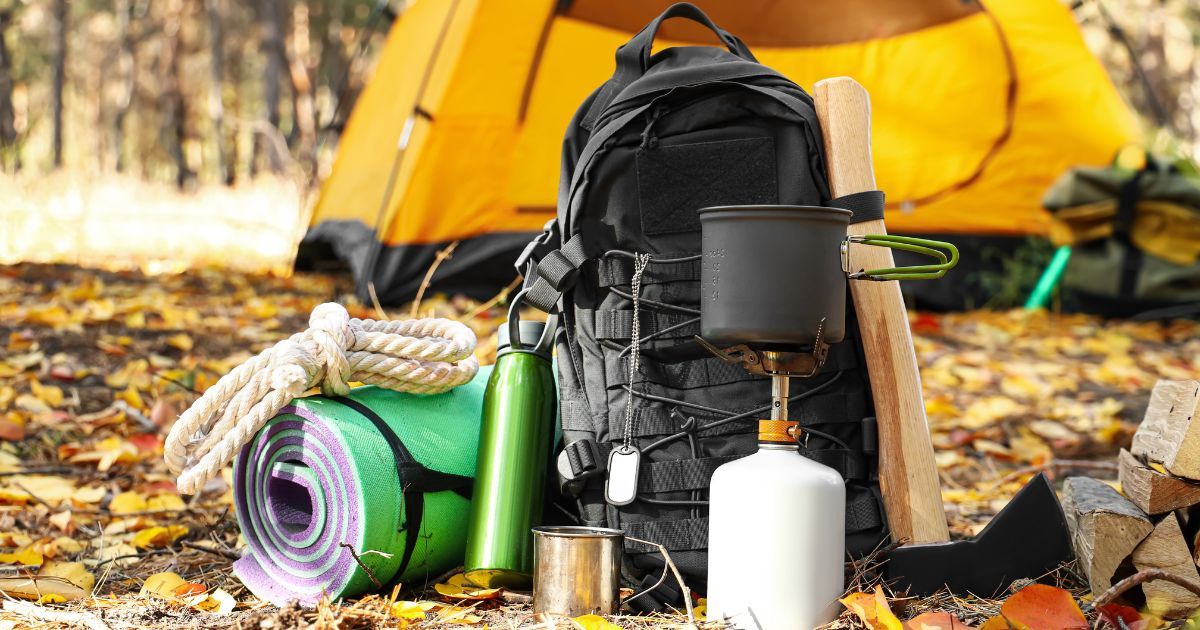
Choosing the right tent size is only the first step towards a comfortable camping experience.
How you utilize the space and arrange your gear can significantly impact your comfort level.
Importance of Floor Space
While tent capacity is a useful guideline, it doesn't tell the whole story. You also need to consider the tent's floor space.
As previously mentioned, the American National Standards Institute recommends 20 square feet per person.
However, if you're taller or need more room to move around, you might prefer more space.
Increasing Comfort Within the Tent
Sleeping on the hard ground can be uncomfortable, regardless of how much space you have. That's where sleeping bags and pads come in.
They not only provide cushioning and warmth but they also add an insulating layer between you and the ground, which can be crucial in colder climates.
Practical Tips for Choosing the Right Tent Size
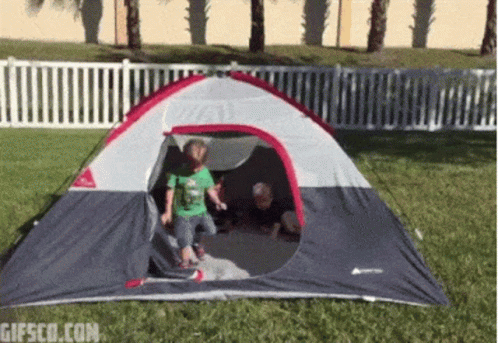
Let's recap what we've learned so far and provide some additional tips to help you choose the right tent size.
- Tent sizes are based on the number of people they can accommodate, but this doesn't account for personal space or gear.
- Consider factors like the number of campers, gear, type of camping trip, and camping site dimensions when choosing a tent size.
- For large groups, weigh the pros and cons of a single large tent versus multiple smaller ones.
Additional Tips Based on Type of Camping Trip and Means of Travel
- Backpacking: Choose a tent that balances weight and space. A 2-person tent might be perfect for a solo backpacker, while a group might opt for several 1-person tents.
- Car camping: Since weight isn't an issue, choose a tent that maximizes comfort. If you're a family of four, a 6-person tent could offer the extra space you desire.
- Bike camping: Consider the size of your bike's panniers. A compact 1 or 2-person backpacking tent would likely fit best.
- Motorcycle camping: Similar to a bike I would go for a lightweight backpacking tent.
Remember, the "right" tent size depends on your unique camping needs and preferences. By considering these factors and tips, you're well on your way to finding the perfect tent for your next outdoor adventure!
Final Thoughts
As we wrap up our discussion on "What Size Tent Do I Need Camping," it's important to remember that there isn't a one-size-fits-all answer to this question.
Choosing the right camping tent size is about balancing your specific needs and preferences.
We've covered a lot of ground in this guide, discussing everything from the number of campers and the need for extra space to the type of camping trip and the dimensions of the camping site.
We've also delved into how to maximize comfort within your tent and provided practical tips based on different types of camping trips and means of travel.
While these guidelines and tips can help you make an informed decision, the most crucial factor to consider is what feels right for you and your fellow campers.
Remember, the ideal tent size doesn't just accommodate everyone in your group — it also provides enough room for a comfortable and enjoyable camping experience.
So, whether you're a solo backpacker or part of a large family, always consider your unique needs and preferences when choosing a tent size.
If you're a group of friends who value community and togetherness, a single larger tent might be your preferred choice. On the other hand, if you're a family with teenagers who crave their own space, multiple smaller tents could be the way to go.
Take the time to assess your requirements, consider your options, and choose wisely. After all, the right tent can make all the difference between a good camping trip and a great one. Happy camping!
Before You Go...
